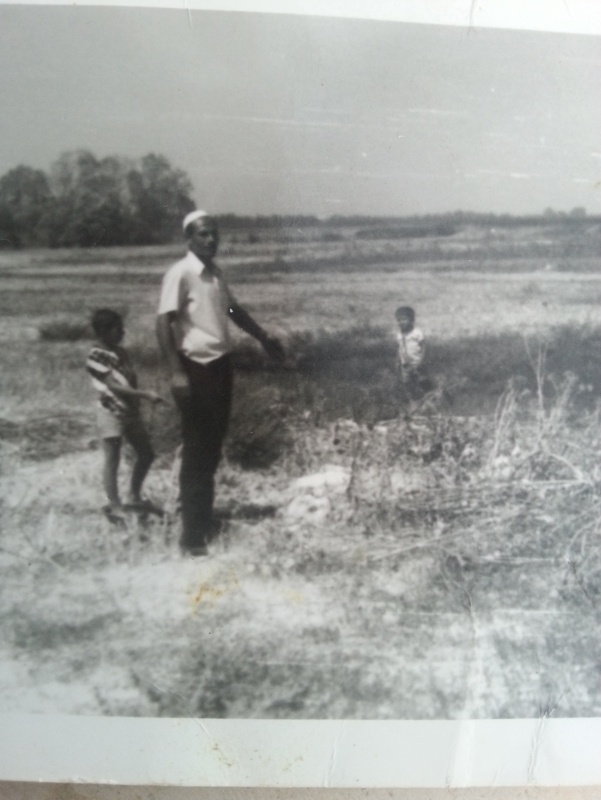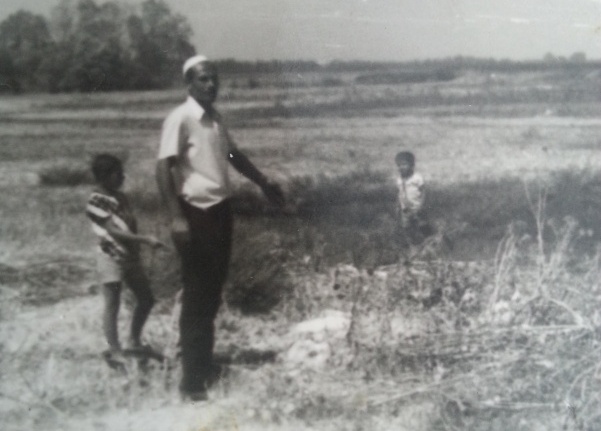Info
District: Gaza
Population 1948: 1430
Occupation date: 05/11/1948
Jewish settlements on village/town land before 1948: None
Jewish settlements on village/town land after 1948: Ge'a, Beit Shikma, Talmei Yaffe
Background:
The village was situated 19 km north-east of Gaza19 km north-east of Gaza on a sandy spot, surrounded by hills, on the southern coastal plain. Several wadis (wadi oved) descended around it and it was periodically subjected to flooding. This perhaps explains its name, which means "water collector" in Arabic.
The village has been identified with a town referred to in the Crusader records as "Algie".
Among the archaeological remains found in al Jiyya were a stone column and the remains of a Roman mill.
The villagers reported that the village had been destroyed at some stage and rebuilt by Muhammed Abu Nabutt the governor of Jaffa between 1807 and1818. The population count in 1931 was 899 people living in 188 houses, by 1944 the number had increased to 1230, all Muslims. The land of the village covered 8605 dunums. Al-Jiyya had its own mosque and the children attended school in the neighboring village of Barbara The villagers installed a pump on one of the wells in the area to draw water for domestic use. They worked primarily in agriculture, cultivating various types of grain, citrus fruits and bananas. Al-Jiyya was also known for its cheese and dairy products, which were sold in the neighboring towns Gaza and Majdal.
The village was captured by Israeli troops in the late stages of Operation Yoav on November 4-th to 5-th 1948 (at the same time that Majdal was captured. Operation Yoav intended to connect the Israeli forces in the Naqab (Negev) with those south of Ramla. According to the Israeli historian Benny Morris in this operation the Israeli army made much more extensive use of artillery shelling in villages than in previous ones in addition to air rides. Like most inhabitants of the area the villagers of Al-Jiyya probably fled or were expelled to Gaza.
The Israeli Settlements (Moshavim) Ge'a and Beit Shikma were built on the village's lands in 1949 and 1950 respectively
According to the Palestinian historian Walid Khalidi:
"All traces of the village have been completely obliterated. Some sycamore trees grow on the site. Cantaloupes have been planted by the settlement of Beyt Shiqma on the surrounding lands."
.



